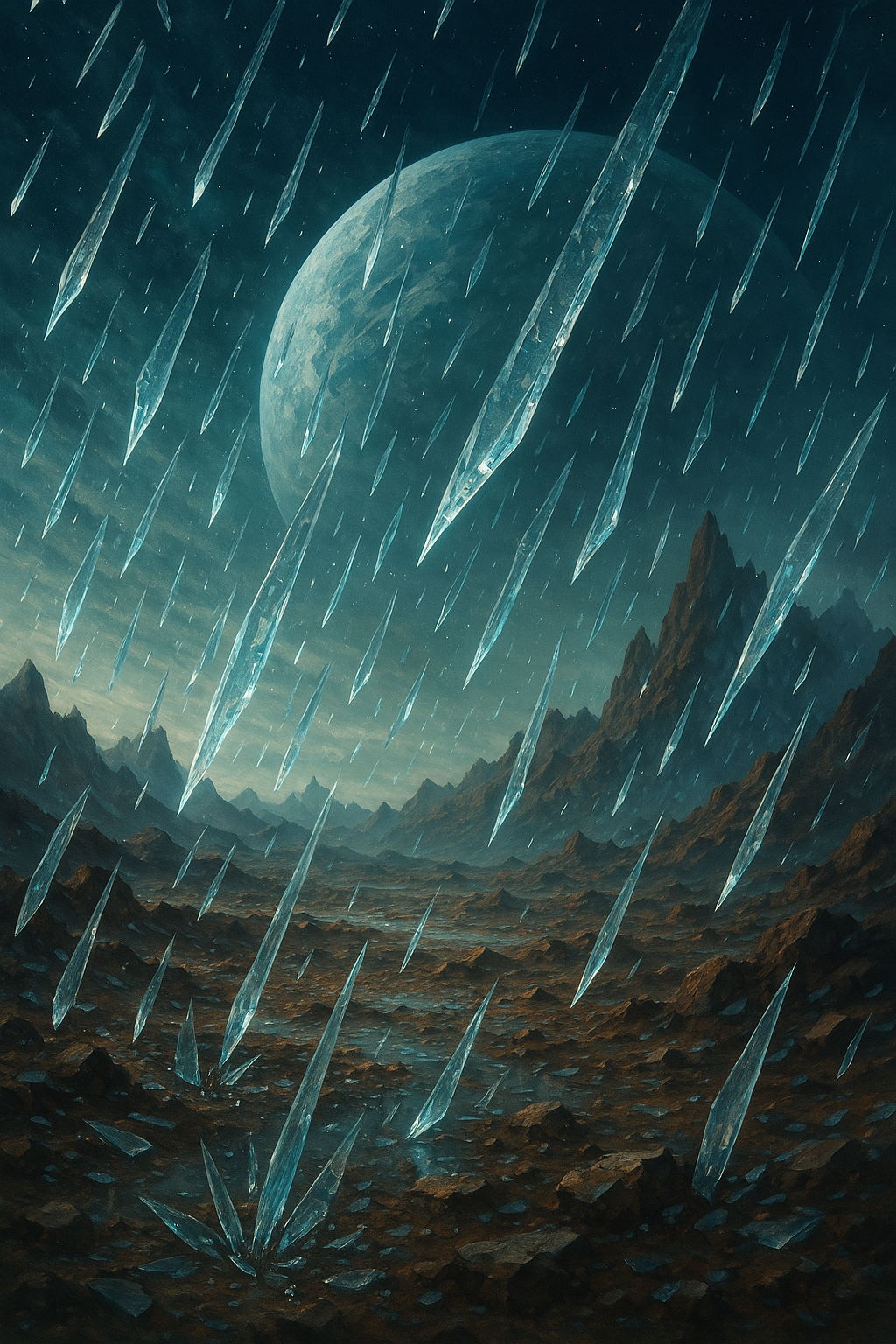Welcome to the wild side of space — where the laws of nature can be stranger than fiction.
Recent discoveries by astronomers have revealed exoplanets with environments so extreme they challenge everything we know about what makes a planet habitable. One of the most astonishing is a planet where glass rains sideways at supersonic speeds—reaching up to 4,300 miles per hour!
This planet, officially known as HD 189733b, is a scorching hot gas giant located about 63 light-years away.
With surface winds hotter than molten lava and storms that could shred a spaceship to pieces, it’s a true nightmare world. But understanding these extreme places helps scientists learn more about our universe—and the delicate balance that allows Earth to sustain life.
In this post, we’ll dive into what makes HD 189733b so deadly, the science behind glass rain, and other bizarre worlds that will make your head spin.
What Makes HD 189733b So Deadly?
HD 189733b is a “hot Jupiter,” meaning it’s a massive gas giant orbiting very close to its star, leading to extreme temperatures exceeding 1,000 degrees Celsius (about 1,832 degrees Fahrenheit). This intense heat vaporizes silicate particles in the atmosphere, which then condense into glass particles.
But the danger doesn’t stop there. Fierce winds roar around the planet at speeds up to 4,300 miles per hour (over six times the speed of sound on Earth), blowing the glass shards sideways in devastating storms. Imagine razor-sharp shards of glass cutting through the air at those speeds — it’s a nightmare scenario for any living thing.
How Do Scientists Know This?
The evidence comes from analyzing the planet’s atmosphere using telescopes and spectroscopy — a technique that breaks down light from the planet to reveal the chemicals present. HD 189733b’s atmosphere shows signs of silicate clouds, similar to sand, which are believed to form these glass particles.
Moreover, by observing changes in the planet’s light over time, astronomers can infer the intense winds sweeping the atmosphere. These findings come from a combination of data from the Hubble Space Telescope, the Spitzer Space Telescope, and ground-based observatories.
Could Life Survive There?
Given the extreme temperatures, brutal winds, and glass rain, life as we know it could not survive on HD 189733b. It’s a planet more suited to sci-fi nightmares than any hopeful colonization plans. However, studying such hostile worlds helps scientists understand the wide variety of planetary environments that exist and the unique conditions that make Earth special.
Other Bizarre Planets You Should Know About
HD 189733b isn’t alone in its strangeness. The universe is filled with planets that challenge our imagination:
- WASP-12b: A planet so close to its star it’s being torn apart by stellar forces.
- 55 Cancri e: Possibly a “diamond planet,” with a carbon-rich composition.
- Kepler-16b: A planet orbiting two stars, like Tatooine in Star Wars.
Each discovery expands our understanding of the cosmos and inspires wonder about the possibilities beyond our solar system.

